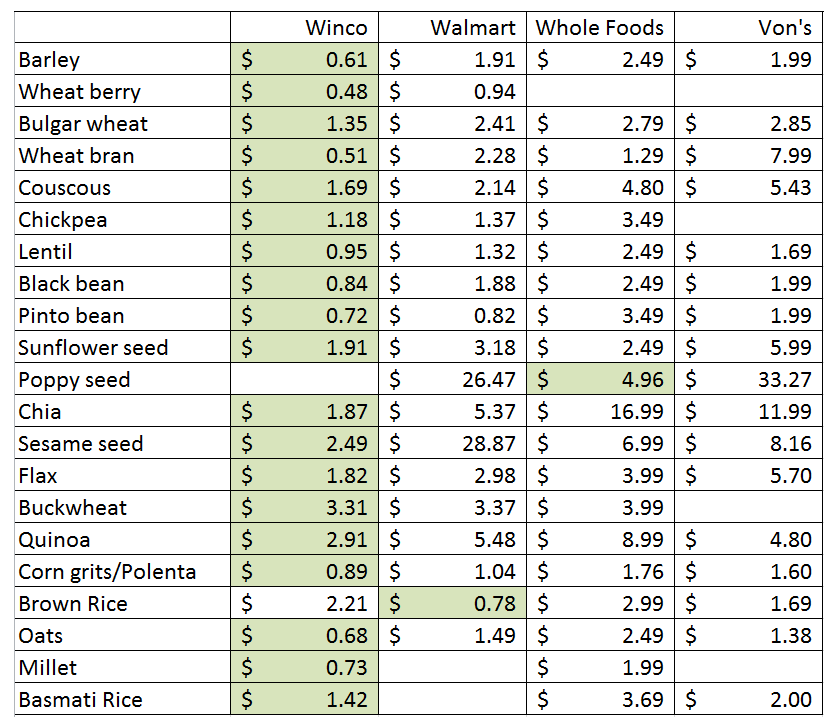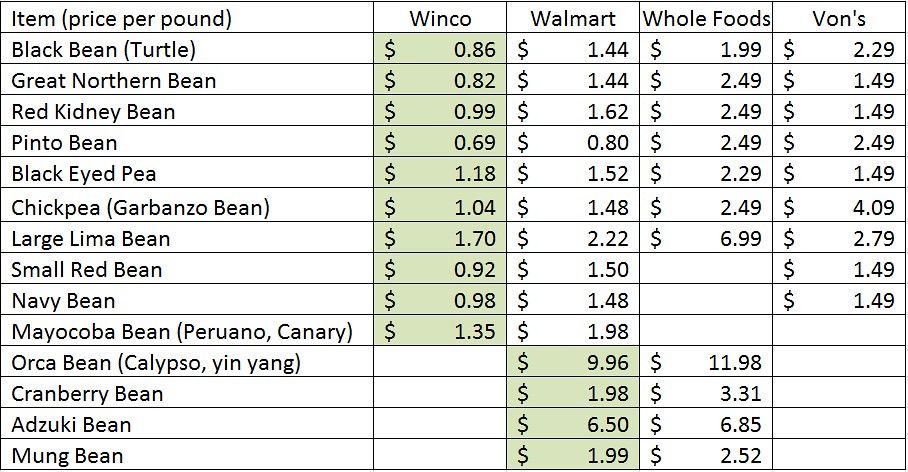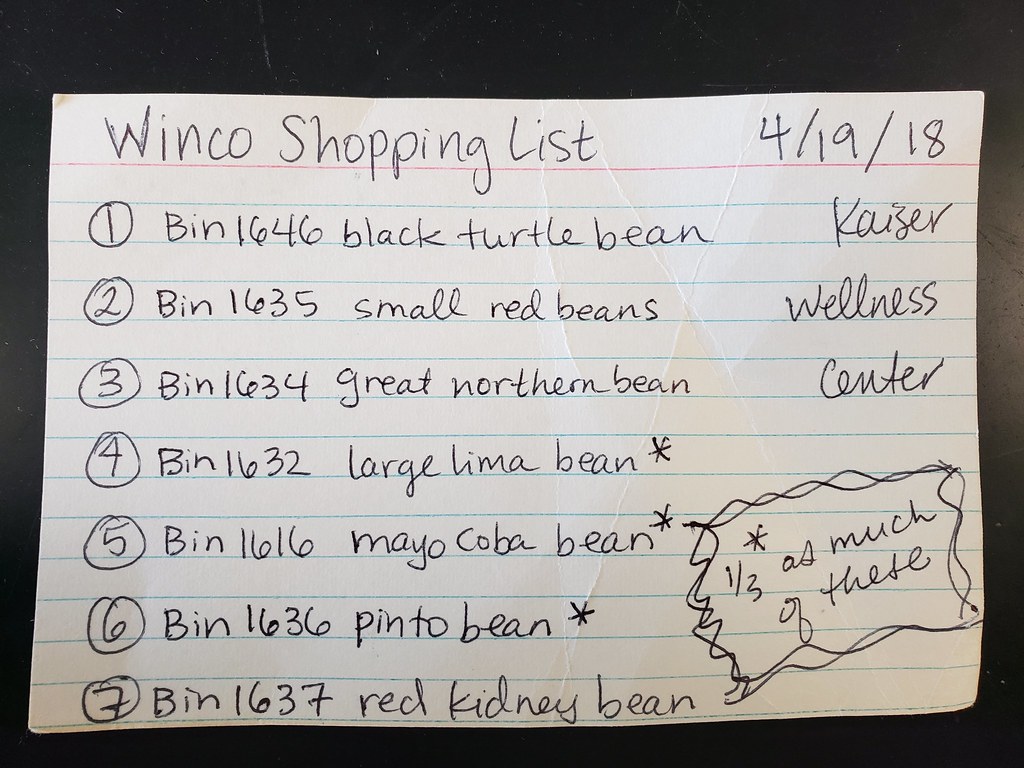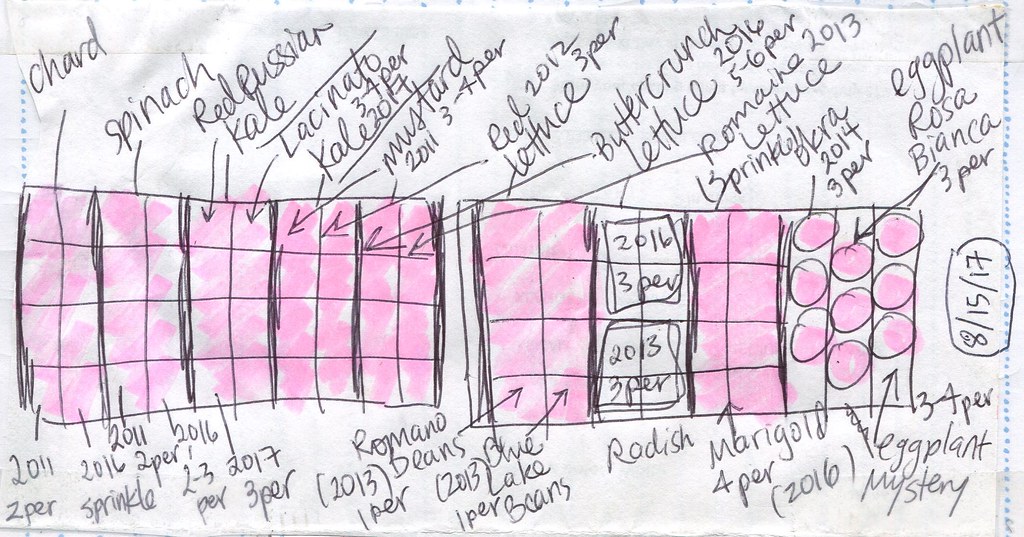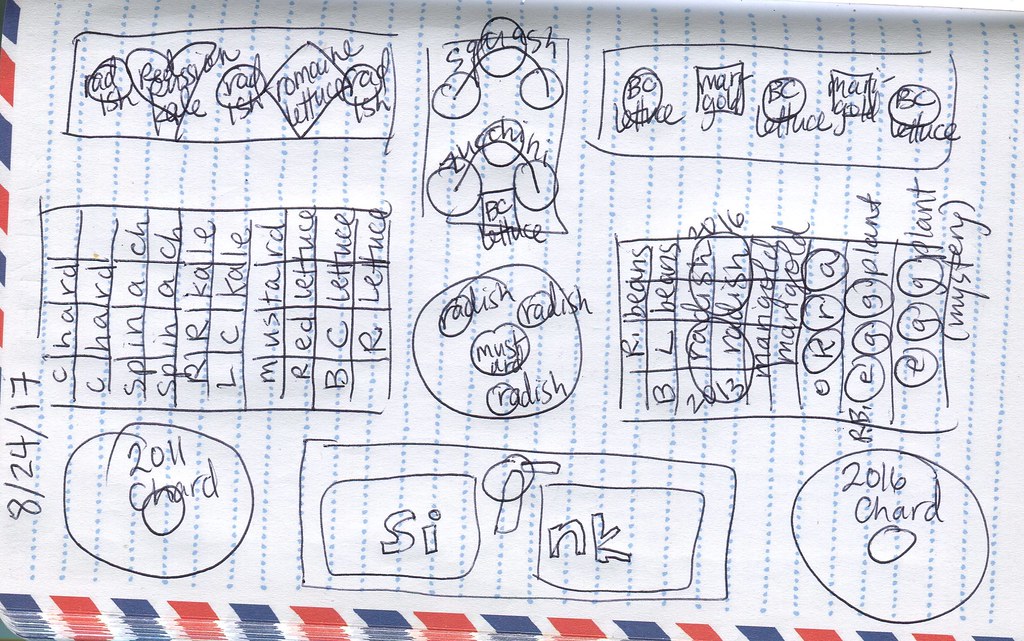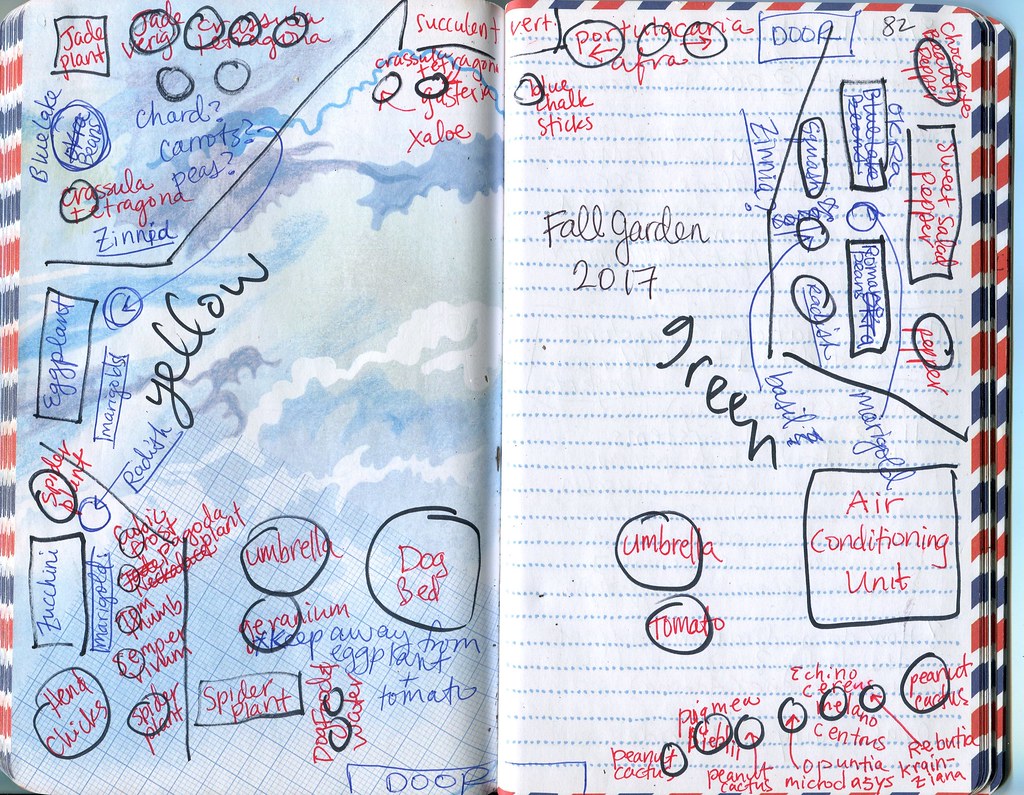This year, we are trying a regimen of whole-grain cooking. To this end, I am learning more about grains, beans, nuts and seeds. Actually each of these are the seed of a different plant, so they all contain nutrients needed to sustain life.
"Grains are the seeds of grasses. Examples include: wheat, corn, oats, and rice. Beans are the seeds of legumes. Examples include: peas, lentils, soybeans, and chickpeas. Nuts are the seeds of trees. Examples include walnuts, hazelnuts, and pecans. And seeds are…well…seeds. Examples include sesame seeds, poppy seeds, and sunflower seeds."
Food |
Latin Name |
Order |
Glycemic Index |
| Barley* | Hordeum vulgare | Poales | 25 |
| Wheat berry* | Triticum aestivum | Poales | 45 |
| Bulgar wheat* | Triticum aestivum | Poales | 47 |
| Wheat bran* | Triticum aestivum | Poales | 60 |
| Couscous* | Triticum aestivum | Poales | 65 |
| Chickpea | Cicer arietinum | Fabales | 10 |
| Soybean | Glycine max | Fabales | 18 |
| Lentil | Lens culinaris | Fabales | 28 |
| Black bean | Phaseolus vulgaris | Fabales | 30 |
| Pinto bean | Phaseolus vulgaris | Fabales | 30 |
| Sunflower seed | Helianthus annuus | Asterales | <20 |
| Poppy seed | Papaver somniferum | Ranunculales | <20 |
| Chia | Salvia hispanica | Lamiales | <20 |
| Sesame seed | Sesamum indicum | Lamiales | <20 |
| Flax | Linum usitatissimum | Malpighiales | <20 |
| Buckwheat | Fagopyrum esculentum | Caryophyllales | 45 |
| Quinoa | Chenopodium quinoa | Caryophyllales | 53 |
| Hominy | Zea Mays | Poales | 40 |
| Polenta | Zea Mays | Poales | 68 |
| Rice | Oryza sativa | Poales | 50 |
| Oats | Avena sativa | Poales | 55 |
| Millet | Pennisetum glaucum | Poales | 67 |
* Contains Gluten
We've had a successful 2017 with our Kaiser Wellness Center tumblr recipe blog. With the addition of a George Foreman grill and a pressure cooker, I hope to continue adding successful healthy recipes throughout 2018. See previous post for a discussion of glycemic index.
If you're wondering where to find whole grains at a low price, look no further than WinCo Foods. Note: you must be comfortable buying from bulk bins.
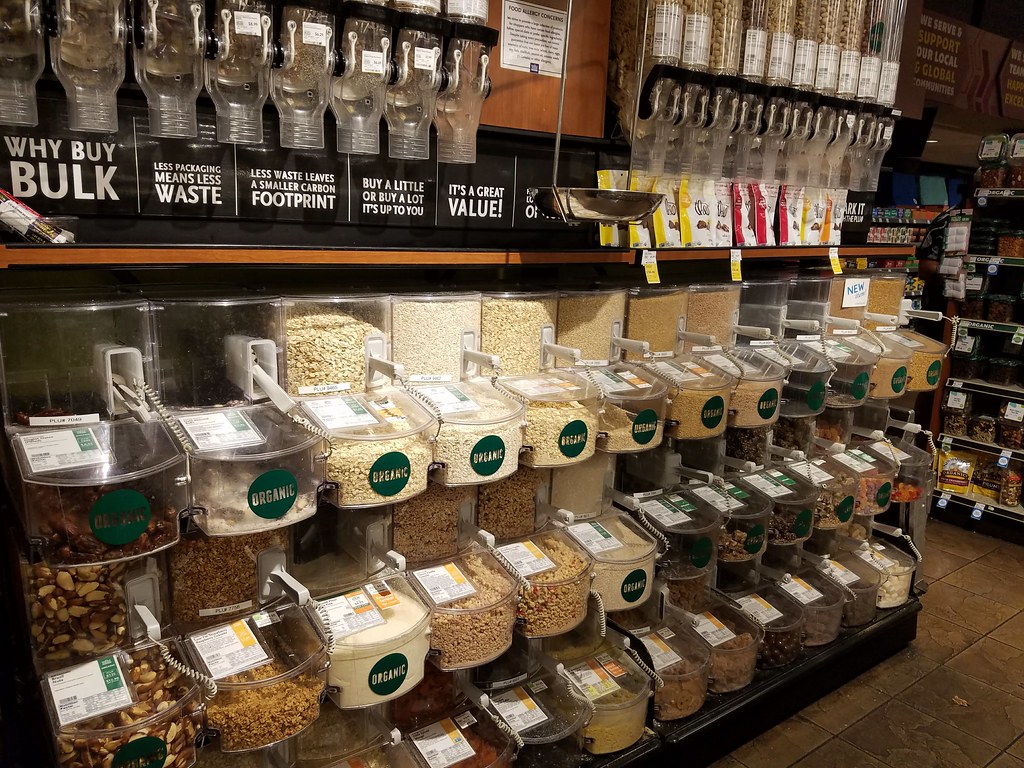 |
| Whole Foods, Porter Ranch |
WinCo $21.45
Walmart $61.95
Whole Foods $66.53
Von's $65.23
Also, some of the items (e.g. couscous and polenta) must be ordered online for in-store pick-up at WalMart and delivery via Amazon for Whole Foods and is not routinely stocked at our nearest store location. WinCo has all these items in stock, in the bulk section, with the exception of poppy seeds.
 |
| Brown rice, pearled barley, green lentils |
Comparing the prices of some dry beans
Removing the items not available at one or more stores, that leaves us with 7 items which can be purchased at all 4 stores.
Walmart $10.52
Whole Foods $21.23
Von's $16.13
The beans below were purchased in Long Beach while Mike was attending the CSULB Student Sustainability Coalition meeting on Friday, April 20th.
References
Joseph Mercola and Kendra Degen Pearsall. Healthy Recipes for Your Nutritional Type (The Perfect Companion to Dr. Mercola's book Take Control of Your Health). 2007, Mercola.com, p 261.
Judith Finlayson. The complete whole grains cookbook. 2008, R. Robert, p 218.
Sheryl London and Mel London. The versatile grain and the elegant bean: a celebration of the world's most healthful foods. 1992, Simon & Schuster.
Judith Finlayson. The complete whole grains cookbook. 2008, R. Robert, p 218.
Sheryl London and Mel London. The versatile grain and the elegant bean: a celebration of the world's most healthful foods. 1992, Simon & Schuster.
